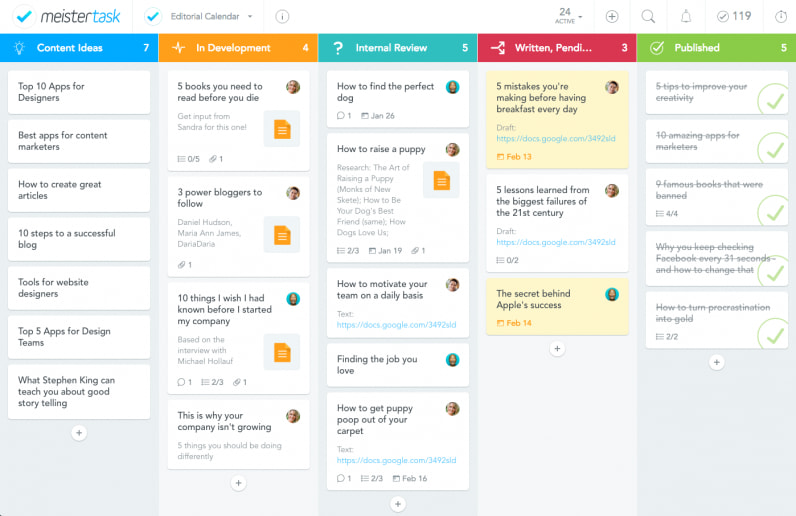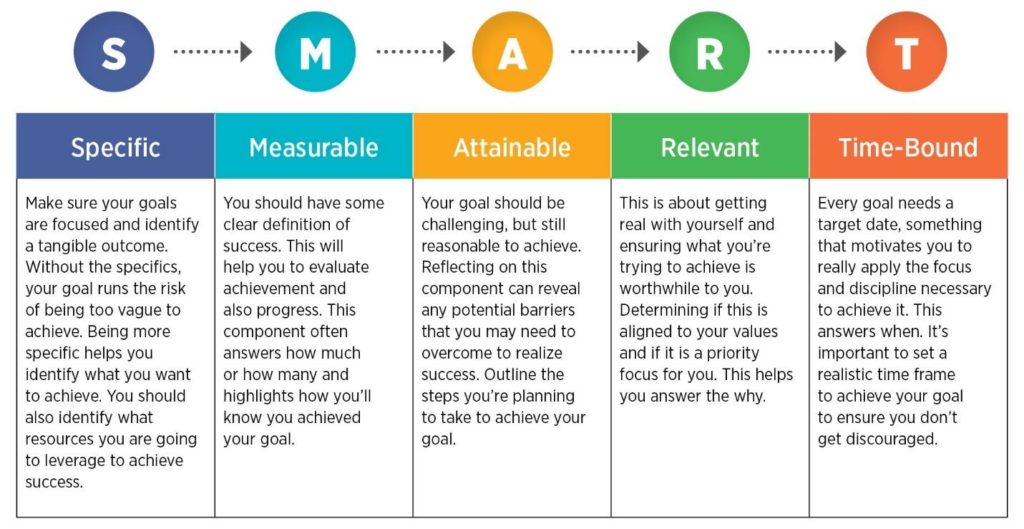Planning is essential. As a marketer, you must know how to develop a marketing plan like a pro. Having a robust marketing plan for your business is essential as it guides you and your team. You know where you want to go and how to reach there. Research shows that having a documented strategy and a plan improves your success rate by a whopping 538%.
This is because a plan gives direction to your business and everyone knows what is expected of them. A marketing plan outlines your business’s marketing strategy, overall marketing objectives, and specific goals that you have to meet every month, quarter, or year.
You can compare marketing performance and see how you performed based on the objectives and goals documented in the marketing plan. This can’t be done in the absence of a marketing plan. Not to mention, businesses having a marketing plan outperforms their competitors by a big margin.
If you don’t have a marketing plan for your business, you need to develop one before it gets too late. Simply follow the steps below to develop a marketing plan from scratch for your business.
Step #1: Situation Analysis
Creating a marketing plan starts by analyzing your business’s current situation. It calls for the current situation of your business and where you want to go. Situation analysis consists of:
- SWOT analysis
- Consumer analysis
- Market analysis
- Macro environment analysis.
The best way to do an in-depth situation analysis is via SWOT Analysis. It refers to assessing and analyzing your business’s strengths, weaknesses, opportunities, and threats. You have to assess these four variables in terms of marketing since you are developing a marketing plan.
Here is a simple template that you can use:
A SWOT analysis takes into consideration both internal (strengths and weaknesses) and external (opportunities and threats) factors. Finding your marketing strengths and weaknesses is usually straightforward. You know what your business is great at and what it lacks.
However, finding opportunities and threats is complicated as it requires external environment scanning that includes competitor analysis, market research, macroenvironment, and customer research (the other three variables of situation analysis). There are several tools and resources that you can use to find opportunities and threats including:
- Competitor analysis tools such as SpyFu
- User and customer behavioral analytics tools such as Hotjar
- Surveys and customer interviews to better understand your customer needs
- Buyer personas
- Marketing trends and forecast reports.
An in-depth situation analysis will set the stage for marketing plan development.
Step #2: Target Audience
The Situation analysis will reveal a lot of necessary information about your business, ideal customers, and competitors. It is time to better understand your target audience (also known as ideal customers).
If you are already using buyer personas, you need to update and refine them. If you aren’t using buyer personas yet, use this template to create them. A buyer persona is a fictional representation of your ideal customer and it has all the necessary details including (but not limited to) demographics, interests, life challenges, etc.:

Add as many details in the buyer personas as possible. Make sure your findings from the situation analysis reflect in buyer personas because that’s how you’ll be able to use all that data in marketing.
You must have a clear understanding of who your primary customers are, their biggest challenges, what marketing channels they use to find the solution to their problems, and other related information.
Step #3: Set Goals
It is time to set clear marketing goals. You know the marketing situation and your target audience, this information is all you need to set marketing goals for your business.
The best way to create marketing goals is to use SMART goals where SMART stands for:
- Specific
- Measurable
- Achievable/attainable
- Relevant/realistic
- Time-bound.
The goals you create must have these 5 characteristics:

Let’s take an example.
Goal 1: Increase website traffic to our website.
Goal 2: Increase organic traffic to the website by 50% in 7-months.
Here, Goal 1 isn’t specific, hard to measure since you won’t be able to track if your marketing team achieved it or not, achievable, relevant to marketing, and time-bound as it is without any mention of time.
However, Goal 2 is a perfect example of a SMART goal. It is
- Specific as it specifies what type of traffic we’re talking about
- Measurable since you can track organic traffic increase via Google Analytics
- Achievable as increasing 50% organic traffic in 7-months isn’t too big of a task
- Relevant to marketing
- Time-bound as it gives a specific time of 7-months.
That’s how you need to create SMART marketing goals. You can create multiple goals or stick with a single long-term goal. It depends on your marketing strategy.
Step #4: Set Marketing Budget
This is a crucial step of the marketing plan development process. Setting a marketing budget before you identify marketing tactics is a must.
You need to allocate an appropriate budget (smartly) to the right marketing tactics (covered next). You need to have a clear understanding of the marketing budget and how much you are allowed to spend on marketing to achieve desired goals.
If you have set multiple marketing goals, you can allocate a specific budget to each goal based on its importance.
Step #5: Marketing Tactics (Plan of Action)
This is the crux.
Marketing tactics define the steps you’ll take to achieve your marketing goals. It is the plan of action. You can’t achieve your marketing goals without developing the steps to achieving them.
Refer to the following goal: Increase organic traffic to the website by 50% in 7-months.
You need to create actual steps to achieving this goal. What marketing tactics you’ll use, how much to spend on on-page vs. off-page SEO, how many blog posts to publish each month, what backlink acquisition strategies to use, etc.
The best approach is to distribute your goals into smaller daily, weekly, monthly, and quarterly tasks:
Assign tasks to individuals and teams. For example, assign blog writing and publishing to one marketing team and SEO to another marketing team. You can further specify tasks by creating an editorial calendar, assigning topics to content writers, setting deadlines, assigning proofreading and publishing tasks to editors, and so on.
Use a project management app (e.g. Trello) to create projects and keep track of everything in a single place.
In a nutshell, you need to identify marketing tactics, marketing channels, and actual steps to achieve goals.
Step #6: Track, Analyze, and Improve
You need to constantly monitor and track your marketing plan. Creating marketing goals and converting them into actionable tasks isn’t enough. You need to track performance and see if everything is moving as expected.
Your approach to feedback must be preventive instead of reactive. Better yet, you must monitor performance in real-time on a daily basis. Check if daily tasks are achieved and monitor their impact on the overall goal.
Is everything moving in the right direction as expected?
If not, tweak your action plan. Don’t hesitate to tweak your own marketing tactics. If something isn’t working, fix it before it ruins your marketing budget.
Final Words
Knowing how to develop a marketing plan is one thing and implementing it is a different task. Once your marketing plan is created, make sure it is implemented.
Just like everything else, your marketing plan isn’t permanent – so don’t make it rigid. It must be flexible. Tweak it improvement and optimization whenever needed. If you feel the need to tweak your marketing plan daily, do it.
It shows you are moving in the right direction as the external environment changes with every second – your marketing plan must respond to these changes.
Featured Image: Pexels






